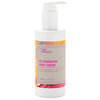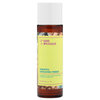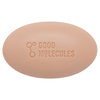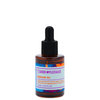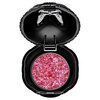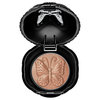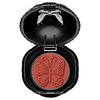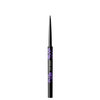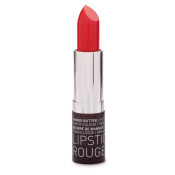Lipstick is like the toothpaste of beauty products: most of us use it every day. But unlike foundation, powder, and mascara, we change up our lipstick often, and own a variety of colors and textures for different occasions; everything from blushes and pinks for day and deep reds and purples for night. This is a phenomenon that Jenny Frankel, president at Frankly Beauty, Inc., beauty engineering consultant, and former cosmetics formulator, calls dating your lipstick.” In other words, why settle down with just one when you have so many options to choose from—mattes, frosts, and unlimited vibrant colors?
The most important part of any lipstick, though, is how it looks and feels on. “The ideal lipsticks are usually creamy, offer even color payoff, and lip cushion,” says Frankel. She helped us uncover how lipsticks work, what they consist of, and what ingredients to look for when you want a specific finish.

The Key Science: Colorants in a Wax Base
Almost all lipsticks are made up of colorants, which comprise the shade, mixed in a wax base. Colorants take the form of organic and inorganic pigments like iron oxides or red 7, a synthetic dye typically produced from petroleum or coal tar. The colorant-wax base is then molded into a “bullet” and inserted into a lipstick package. As you apply the lipstick, your body temperature softens the wax, allowing a film to glide onto lips.
How a lipstick feels—slick, creamy, or waxy—is a result of the type and quality of waxes used. Soft waxes with a low melting point like jojoba butter and beeswax are creamy and silky to apply, but may cause the stick to break or melt more easily. Hard waxes create a more resilient formula, but may feel waxy and brittle on the lips. These harder waxes include carnauba, which is made from the leaves of a Brazilian palm tree, and ozokerite, a paraffin wax that occurs naturally in the earth. Most lipsticks use a combination of hard and soft waxes to create a sturdy bullet with a creamy feel.
Dilutent oils, substances used to dilute colorants so they disperse evenly, play a big part in a lipstick's feel, too. These include castor oil, jojoba esters, and capric/caprylic triglycerides, which add silkiness, lip-softening emollients, and shine to the formula.
Finding The Right Formula
Sometimes, additional ingredients are used to change the texture, wearability, and skin care benefits of a lipstick. We’ve broken down a few common ones below to help you find your ideal lipstick.
If you want: water resistance or long-lasting wear
Look for lipsticks with: cyclomethicone, a compound that vaporizes to set the lipstick
If you want: a matte finish
Look for lipsticks with: silica or nylon-12 are soft powders that absorb oil to create a finish that feels dry to the touch
If you want: a frosted finish
Look for lipsticks with: mica. This mineral gives lipsticks an opalescent sheen, sparkle, or shimmer
If you want: sun protection
Look for lipsticks with: titanium dioxideor octinoxate (the active ingredient in SPF) to shield lips from UV rays
If you want: to minimize lip lines
Look for lipsticks with: peptides, which have a lip “plumping” effect and vitamin E that helps lips look younger
The Last Word
Most lipsticks contain preservatives and antioxidants to protect against microbial contamination and oxidation. But, if your lipstick has changed color or smells “off,” it’s time to throw it away.
Lipstick Picks
Matte: ILIA Lipstick Crayons
With SPF: Korres Mango Butter Lipsticks
Frosted finish: Inglot Cosmetics Lipstick Pearls
Photo: PLAINVIEW / Vetta
Featured Products
You Might Also Like
-
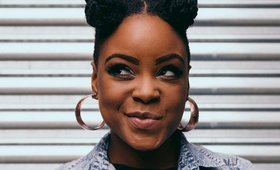
Lipstick
The Best Nude Lipstick Shades for Darker Skin Tones
- 2
-
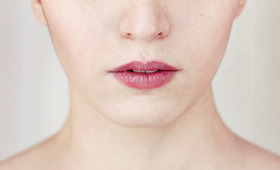
Lipstick
Your Lips, But Better
- 1114
-
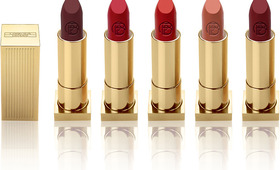
Product Spotlight
How Much Is Too Much For A Lipstick?
- 376
-
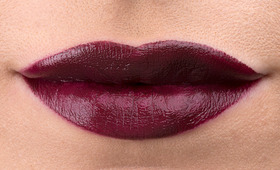
The Lipstick Reviews
Vamp It Up! The Burgundy Lipstick Review
- 862
-

Lipstick
Obsessed: MAC’s Limited Edition Yung Rapunxel
- 355
-

Nude Lips
Put It in Neutral: 6 Versatile Beige Lipstick Shades
- 1988
-

Lipstick
5 Flower-Inspired Lipstick Shades
-

Lips
Lip Product Combos We Can’t Live Without
- 798



